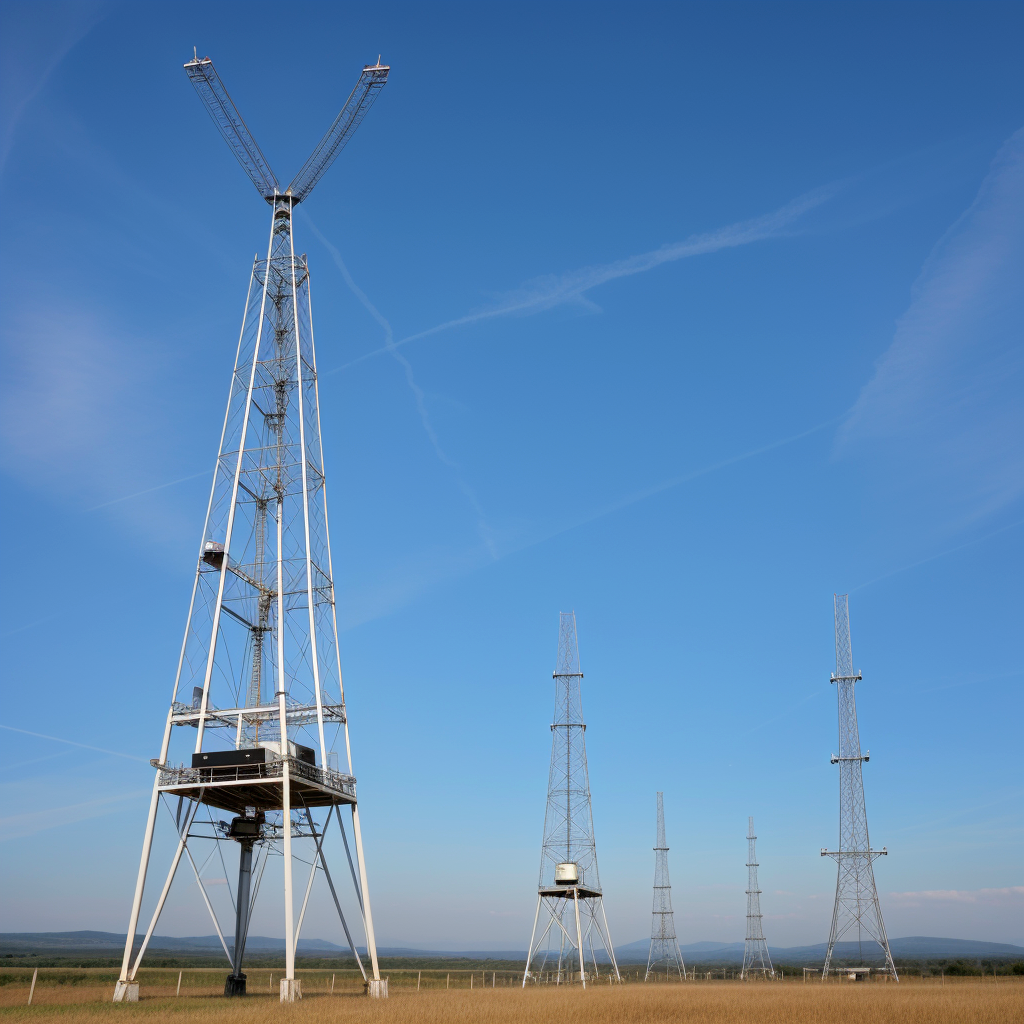Microwave links are a critical part of telecommunications infrastructure, providing high-capacity, long-distance connections where fiber-optic cables may not be feasible. In Australia, the Australian Communications and Media Authority (ACMA) regulates the use of microwave frequencies, ensuring fair and efficient use of the spectrum. If you’re planning to set up a licensed microwave link, this guide will walk you through the process of obtaining a license from the ACMA.
Step 1: Understand the Basics
Before applying for a microwave frequency, it’s essential to understand the requirements and obligations associated with obtaining a license. Microwave frequencies are part of the radio spectrum and are subject to regulations to prevent interference between users. ACMA oversees this by allocating specific frequencies to applicants who demonstrate a legitimate need and technical capability to use the spectrum effectively.
Step 2: Choose the Appropriate Frequency Band
Microwave frequencies typically range between 1 GHz and 100 GHz, and each band has specific use cases, advantages, and limitations. The ACMA offers several frequency bands suitable for point-to-point microwave links, each with its own characteristics:
- 6 GHz and 11 GHz bands: Ideal for long-distance links with lower attenuation.
- 18 GHz and 23 GHz bands: Suitable for medium to short-range links with higher data rates.
- 38 GHz and 80 GHz (E-band): Used for ultra-high-speed short-distance links, such as those in urban areas.
Choosing the appropriate frequency depends on factors like the distance of your link, data capacity needs, and environmental conditions.
Step 3: Conduct a Path Survey and Interference Analysis
Before you apply, you need to perform a path survey to confirm that your microwave link is feasible. This survey assesses the line of sight, elevation, and other environmental factors to ensure your link can maintain a stable connection.
Next, an interference analysis is conducted to determine if your chosen frequency band is available at your proposed locations and if there are any existing users of the same frequency that may cause interference. Specialized software and spectrum monitoring tools are often used to perform these analyses. In some cases, engaging a frequency planning consultant may be beneficial.
Step 4: Prepare Your Application
To apply for a licensed microwave frequency, you’ll need to provide ACMA with detailed technical and operational information about your proposed link. This includes:
- Link location coordinates: The geographical coordinates of the transmitter and receiver sites.
- Frequency band and bandwidth: The specific band and bandwidth you intend to use.
- Link design details: Information on the antenna type, height, and gain, as well as the transmitter power and other technical specifications.
- Interference study results: Documentation showing that your proposed frequency use will not interfere with other licensed users.
All this information is compiled into a frequency assignment application. The ACMA provides templates and guidelines to assist with the application preparation process.
Step 5: Submit the Application to the ACMA
Once your application is ready, you can submit it directly to the ACMA through their online portal. It is crucial to ensure that all required documentation and fees are included, as incomplete applications may be delayed or rejected.
Step 6: ACMA’s Evaluation Process
After submission, the ACMA reviews your application for completeness and accuracy. They will assess the technical details to confirm that the proposed link does not interfere with other existing services. If necessary, ACMA may consult with you to clarify or modify certain aspects of your application.
This evaluation process typically takes several weeks, depending on the complexity of your application and the current workload of the ACMA. During this time, it is advisable to stay in communication with the ACMA and promptly respond to any requests for additional information.
Step 7: License Approval and Issuance
If your application is approved, the ACMA will issue a frequency license for your microwave link. This license grants you the right to operate your microwave equipment on the specified frequency band at the designated locations.
The license will detail the terms and conditions of use, including the duration of the license (often valid for one to five years, with renewal options), power limits, and any specific operational guidelines. It’s essential to comply with these conditions to maintain the validity of your license.
Step 8: Installation and Operation
With the license in hand, you can proceed with the installation and operation of your microwave link. Ensure that your equipment and installation comply with the technical specifications and safety regulations stipulated in your license.
It’s also recommended to perform periodic maintenance and monitoring to ensure the link remains stable and interference-free, as ACMA may conduct inspections to verify compliance.
Conclusion
Obtaining a licensed microwave frequency from the ACMA in Australia is a structured process that requires careful planning and technical expertise. By following these steps—understanding the requirements, conducting thorough path surveys, and ensuring compliance with technical specifications—you can successfully secure the necessary licensing to deploy your microwave link.
If you need assistance navigating the process, Centra Networks offers expert consulting and deployment services to help you establish and maintain reliable microwave connections tailored to your needs. Reach out to us for more information on how we can support your communication infrastructure projects.

